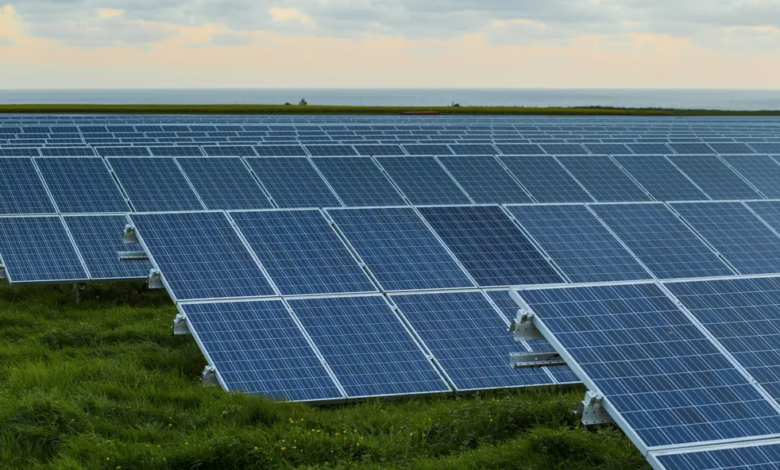What does the law of France to accelerate renewables
French recipe to accelerate national renewables
Green light for the new French government to accelerate renewables. On January 31, the deputies and senators of the Joint Joint Committee reached an agreement on the text that was approved the same day by the National Assembly with 271 yes and 169 no. The bill – which will be voted by the Senate shortly – represents the answer The European Parliament has a great deal to do in the field of green energy. At the moment, in fact, the country is the only Member State not to have achieved its 2020 targets in renewables. The appeal is just 4 percentage points short but closing the gap could cost France half a billion euros.
The difficulties accumulated on the old EU target, the efforts needed to reach that 2030, together with the new uncertainties generated by the energy crisis and the Russian War in Ukraine, have pushed the Macron government to give a sprint to the sector. Anticipating in many ways the new Directive on the European Commission.
read also Renewable energy, France will pay dearly for its delay
What does the new French law provide for accelerating renewables? Most of the measures are intended to simplify procedures and remove obstacles. But there are also new obligations in terms of installations and installations.
“This is an important text for our energy transition and our climate ambition,” says Agnès Pannier-Runacher, Minister for Ecological Transition in a tweet. “It allows us to halve the investigation time of projects, of marine wind farms in particular, putting them safe from appeals. Mobility in priority land already built to install photovoltaic panels. This will allow gaining 7 years on the trajectory that we must maintain by 2050, according to the RTE scenario”.
Among the innovations, the bill provides that municipalities identify acceleration areas for “renewable” plants on their territory, with the possibility of establishing exclusion zones only if the first areas should be considered sufficient. It also reinforces the concept of overriding reasons overriding public interest for certain projects, so as to protect them from appeals and disputes. It introduces the obligation to install solar panels in open car parks with an area of over 1,500 square meters, facilitating the installation of pv systems in the vicinity of motorways, main roads and mountain villages. It provides new criteria for the installation of wind turbines on land, for example by encouraging local authorities to limit the effects of visual saturation and diversify energy. Finally, it establishes planning for offshore wind, demanding a first mapping of priority areas for 2024.






